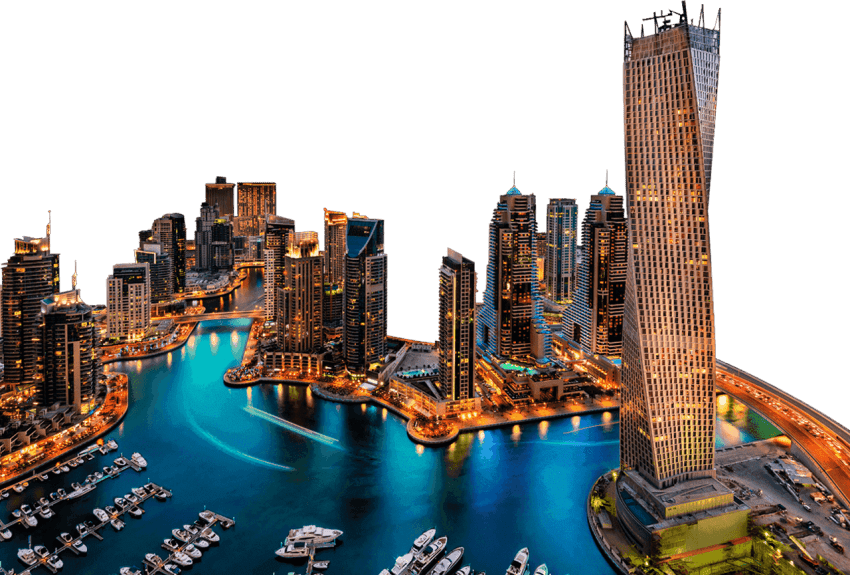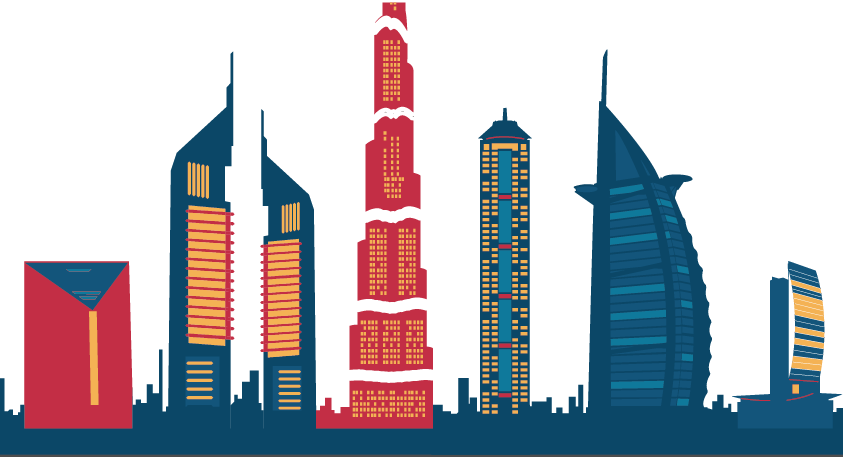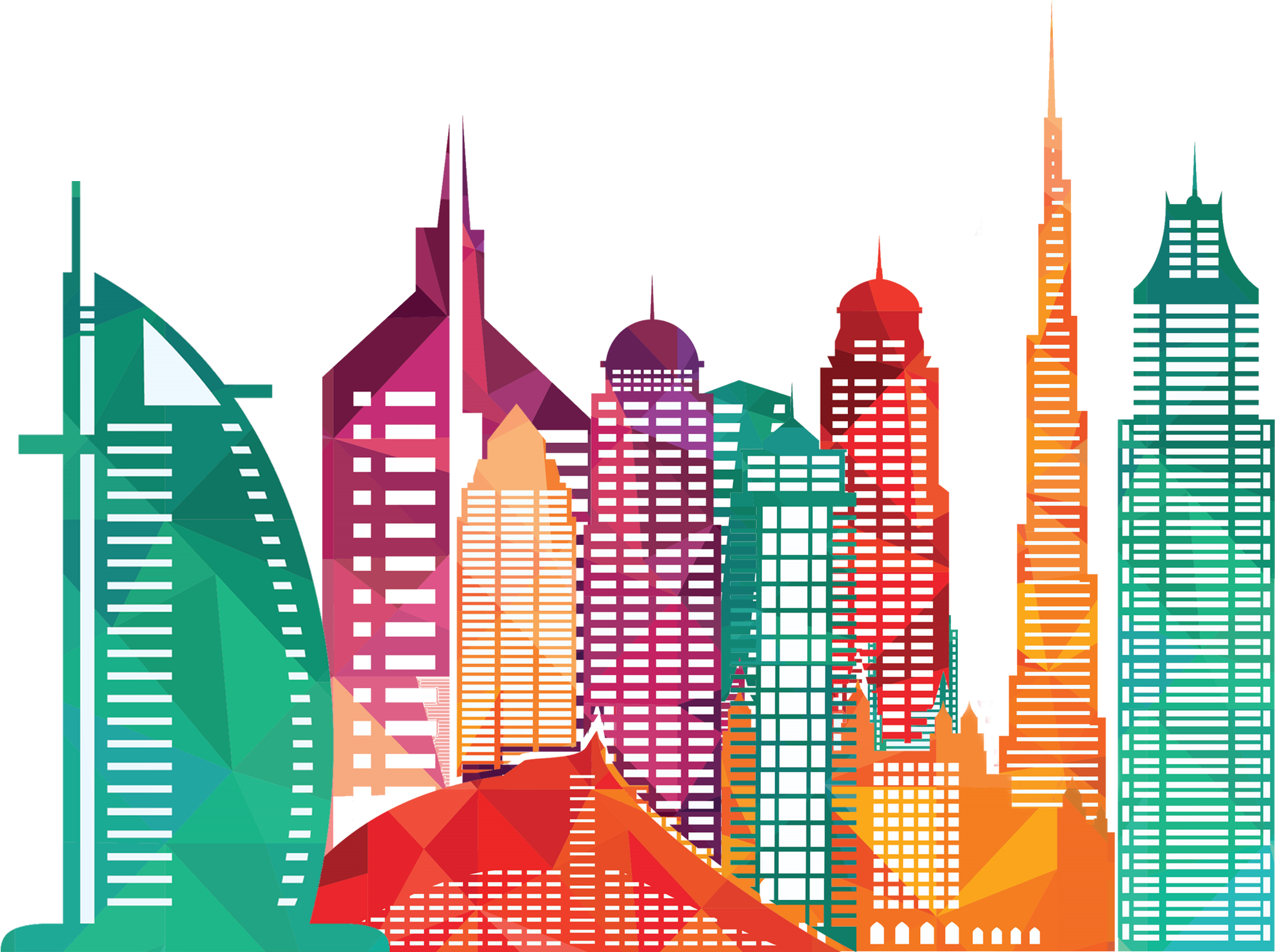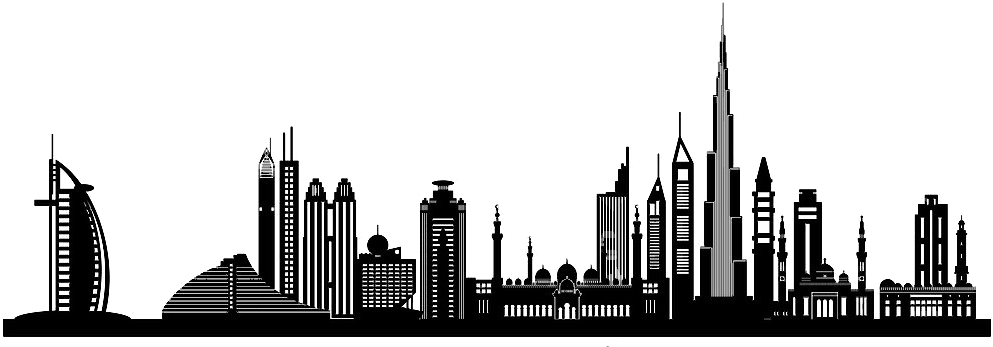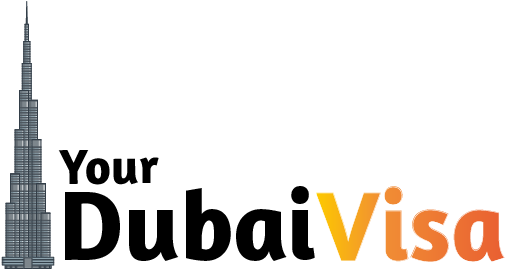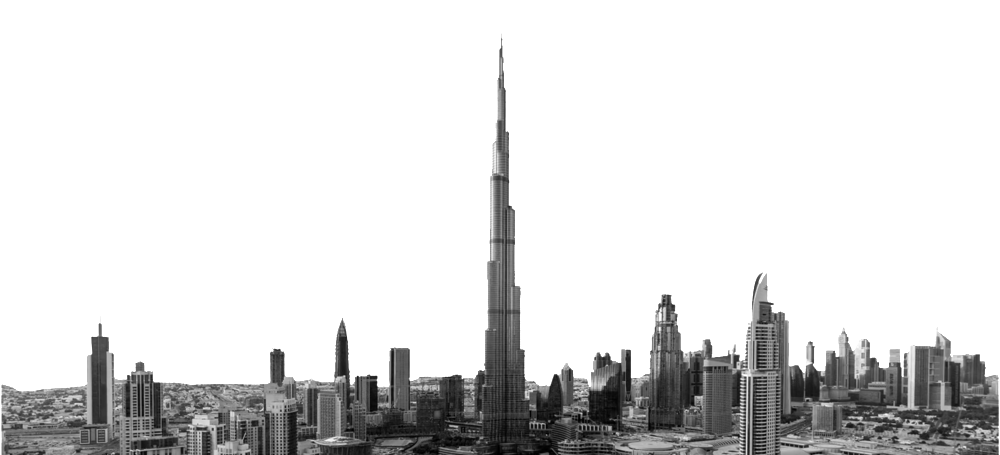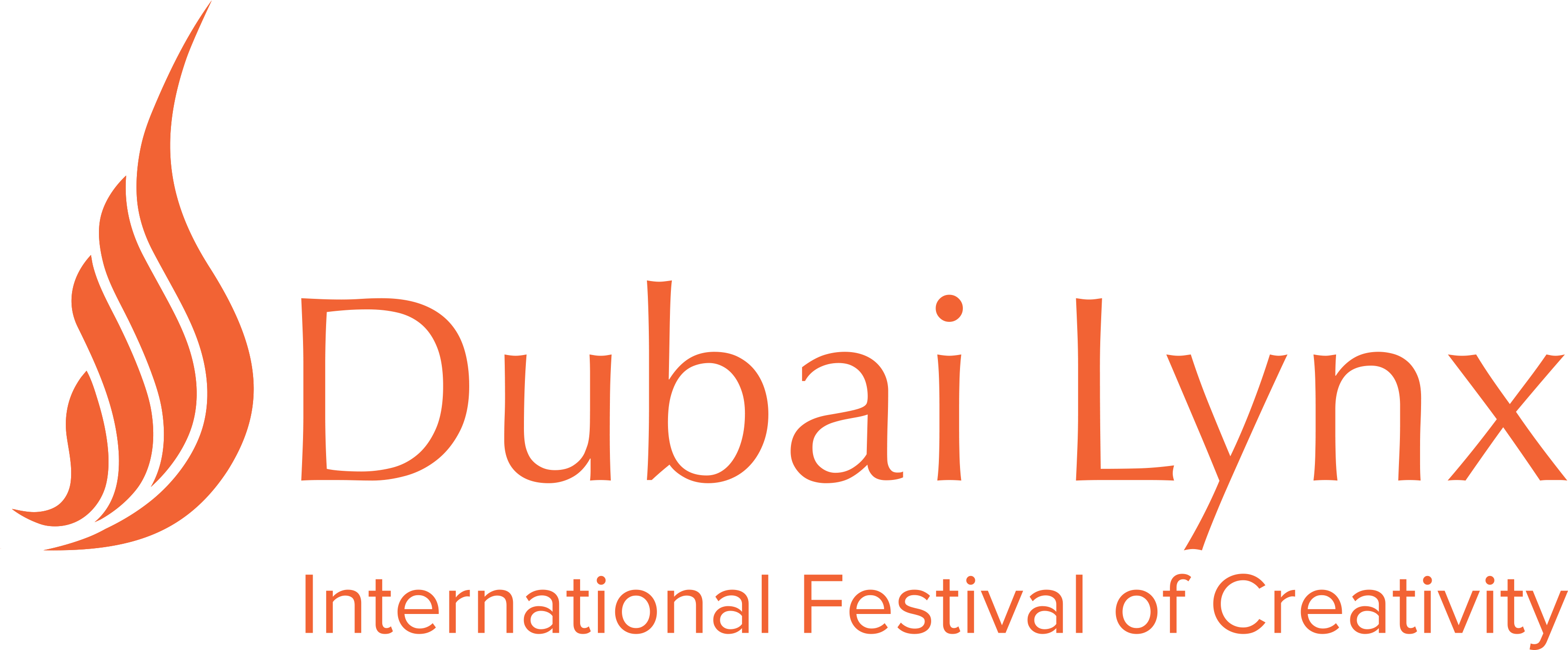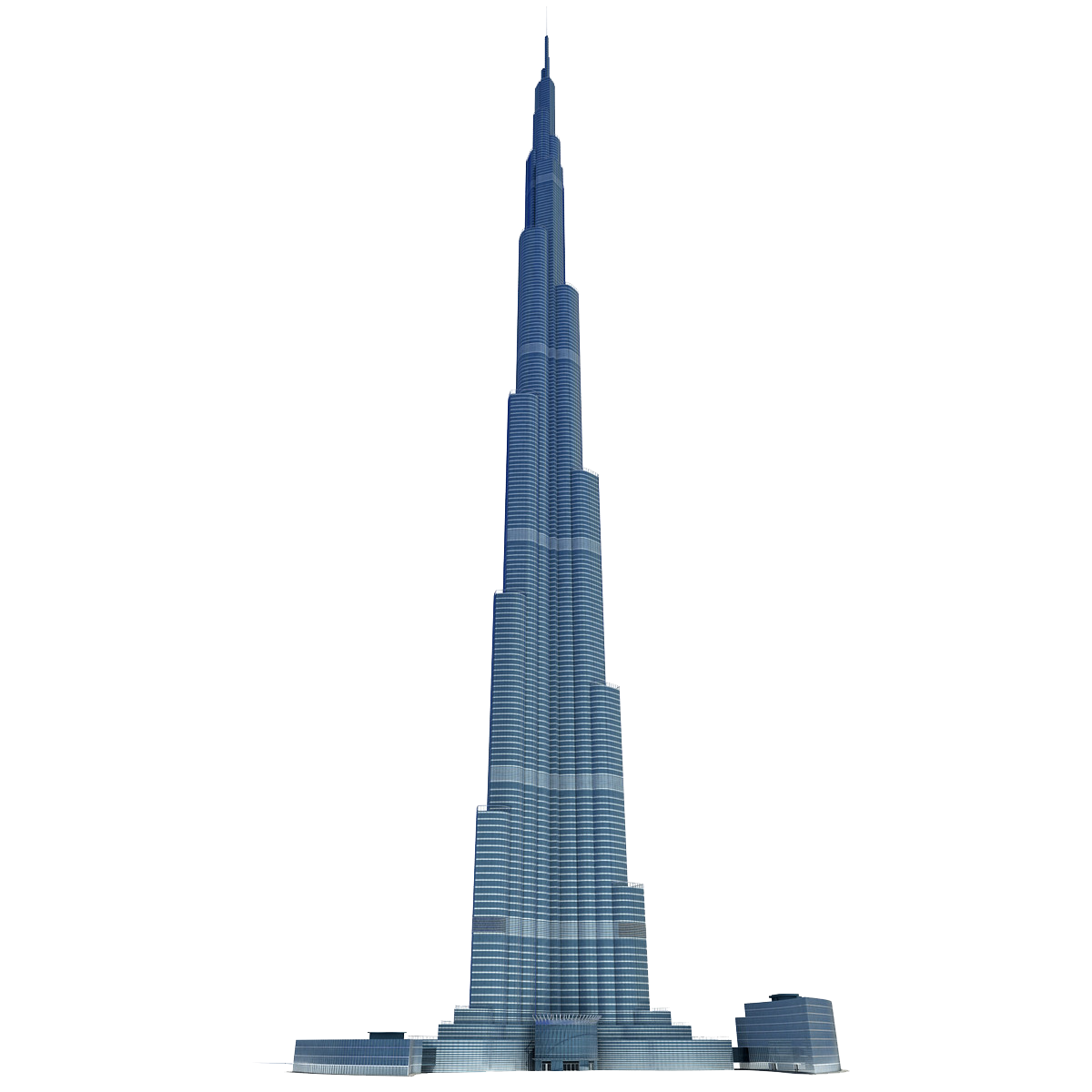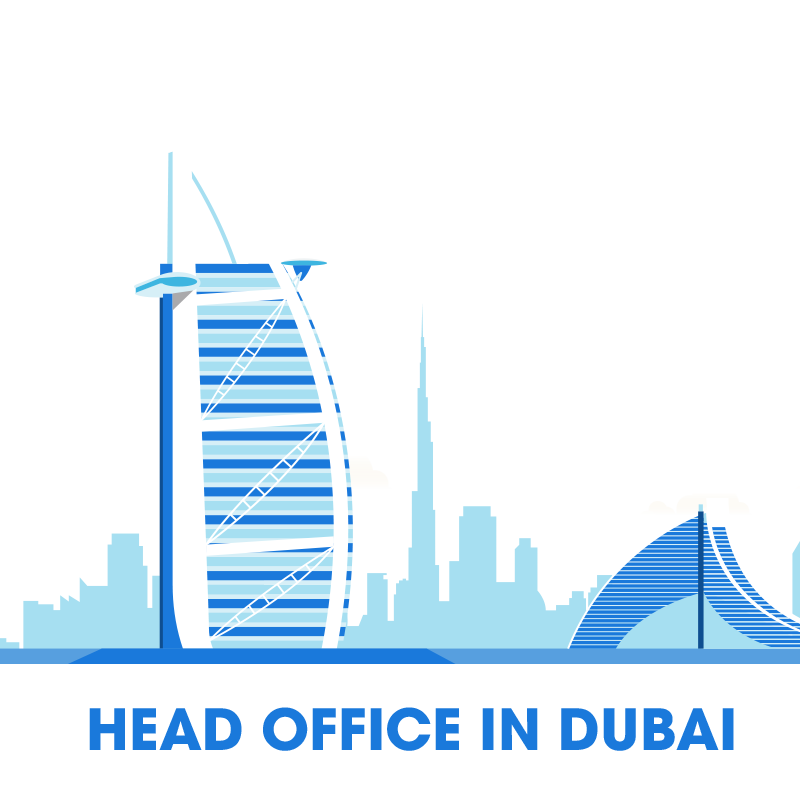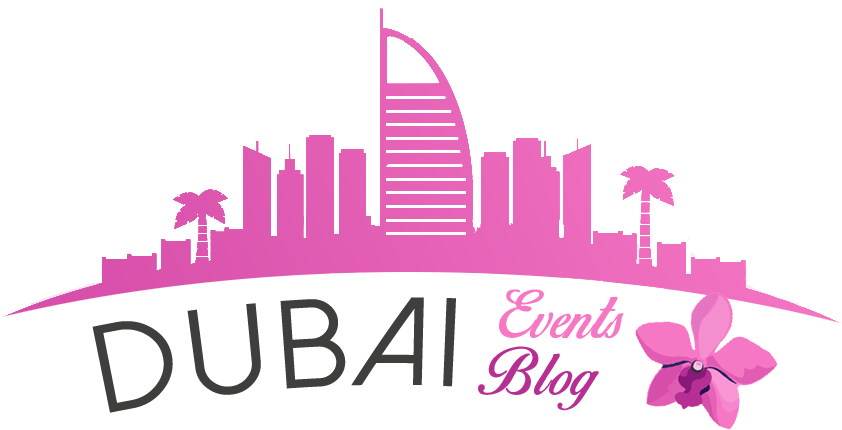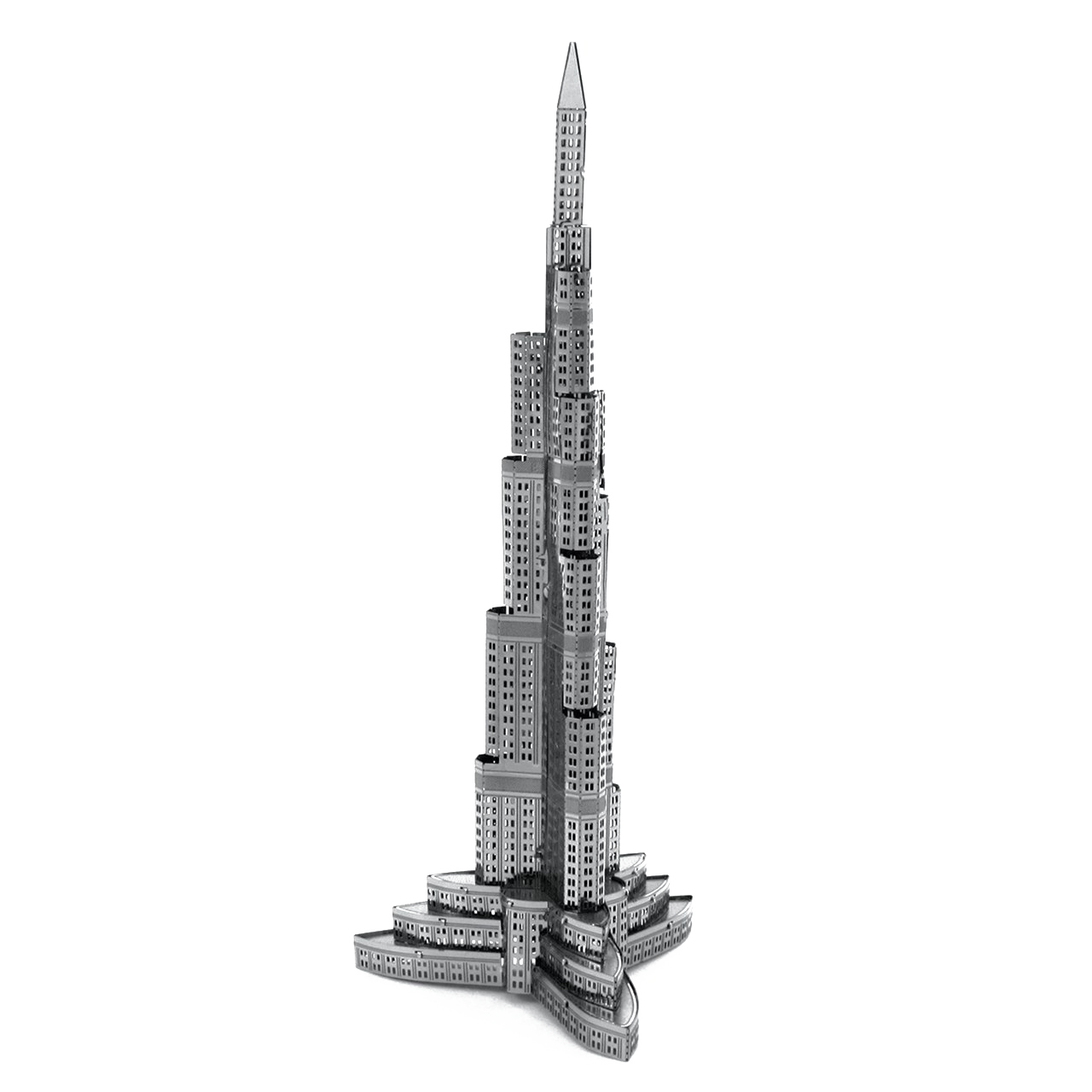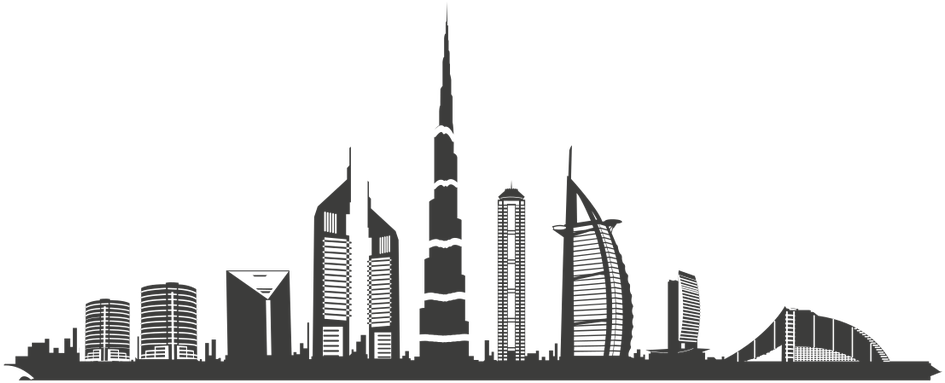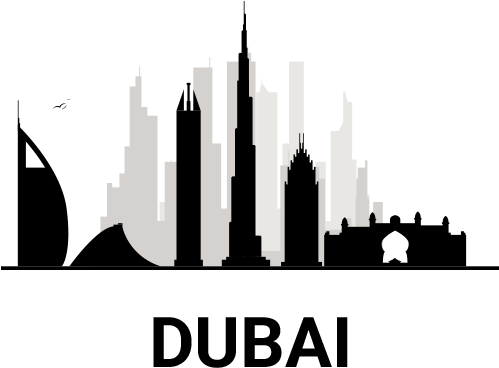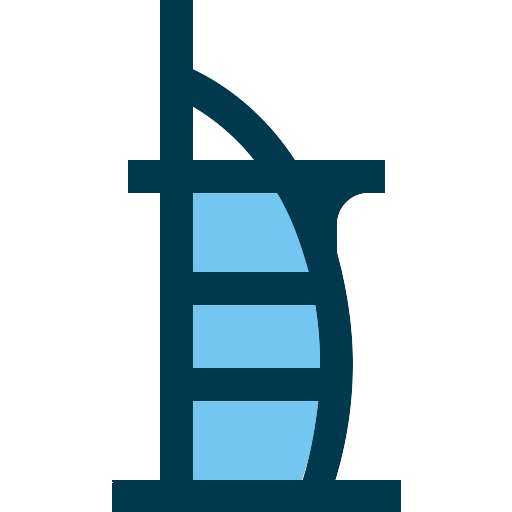Download top and best high-quality free Dubai PNG Transparent Images backgrounds available in various sizes. To view the full PNG size resolution click on any of the below image thumbnail.
License Info: Creative Commons 4.0 BY-NC
Dubai is the capital of the Emirate of Dubai and the most populous city in the United Arab Emirates (UAE). The city evolved quickly in the early twenty-first century from a modest fishing town to a cosmopolitan metropolis with a concentration on tourism and hospitality. Dubai is one of the most popular tourist destinations in the world, with the world’s second-most five-star hotels and the world’s tallest structure, the Burj Khalifa.
Dubai, located on the shore of the Persian Gulf in the eastern section of the Arabian Peninsula, aspires to be the business capital of Western Asia. It is also an important worldwide passenger and freight transportation hub. Oil income aided the city’s development, which was already a prominent mercantile center. Dubai’s economy is based on revenues from trade, tourism, aviation, real estate, and financial services, and it has been a regional and international trading hub since the early twentieth century. In 2018, oil production accounted for less than 1% of the emirate’s GDP. Dubai’s population is anticipated to be over 3,400,800 people as of September 8, 2020, according to government figures.
The origin of the name “Dubai” has been the subject of several theories. According to one explanation, the term used to be the souq in Ba. “Daba Dubai” (Arabic: ) means “They came with a lot of money,” according to an Arabic proverb. According to Fedel Handhal, an expert on the UAE’s history and culture, the term Dubai may have originated from the Arabic word daba (Arabic: ) (a past tense derivation of yadub (Arabic: ), which means “to creep”), which refers to the gradual inward passage of Dubai Creek. Due to the prevalence of locusts in the area before colonization, poet and scholar Ahmad Mohammad Obaid ties it to the same term, but to its alternate meaning of “baby locust” (Arabic: ).
The history of human settlement in the United Arab Emirates is rich and complicated, pointing to widespread commercial linkages between the civilisations of the Indus Valley and Mesopotamia, as well as as far as the Levant. Archaeological findings in Dubai, particularly at Al-Ashoosh, Al Sufouh, and the exceptionally rich hoard from Saruq Al Hadid, reveal habitation in the UAE during the Ubaid and Hafit eras, the Umm Al Nar and Wadi Suq periods, and the three Iron Ages. The Sumerians called the location Magan, and it was a source of metals, particularly copper and bronze.
As the ocean withdrew inland around 5,000 years ago, the region was covered in sand, eventually becoming part of the city’s current coastline. Ceramics from the 3rd and 4th centuries have been discovered. People in this region worshiped Bajir before Islam was introduced to the area (or Bajar). Following the introduction of Islam in the region, the eastern Islamic world’s Umayyad Caliph invaded south-east Arabia and drove away the Sassanians. The Dubai Museum discovered various relics from the Umayyad period during excavations in the Al-Jumayra (Jumeirah) area.
The Andalusian-Arab geographer Abu Abdullah al-Bakri included Dubai in the Book of Geography in 1095. Gasparo Balbi, a Venetian pearl merchant, visited the area in 1580 and described Dubai (Dibei) as a pearling center.
Download Dubai PNG images transparent gallery.
- Dubai PNG Images
Resolution: 850 × 575
Size: 208 KB
Image Format: .png
Download
- Dubai PNG Photo
Resolution: 921 × 282
Size: 41 KB
Image Format: .png
Download
- Dubai PNG Photos
Resolution: 843 × 457
Size: 45 KB
Image Format: .png
Download
- Dubai PNG Pic
Resolution: 1986 × 1483
Size: 1265 KB
Image Format: .png
Download
- Dubai PNG Picture
Resolution: 993 × 347
Size: 65 KB
Image Format: .png
Download
- Dubai PNG
Resolution: 505 × 269
Size: 15 KB
Image Format: .png
Download
- Dubai Transparent
Resolution: 1570 × 403
Size: 31 KB
Image Format: .png
Download
- Dubai
Resolution: 1024 × 385
Size: 11 KB
Image Format: .png
Download
- Dubai Background PNG
Resolution: 1000 × 455
Size: 101 KB
Image Format: .png
Download
- Dubai No Background
Resolution: 3265 × 1353
Size: 149 KB
Image Format: .png
Download
- Dubai PNG Background
Resolution: 1200 × 1200
Size: 368 KB
Image Format: .png
Download
- Dubai PNG Clipart
Resolution: 1590 × 491
Size: 307 KB
Image Format: .png
Download
- Dubai PNG Cutout
Resolution: 800 × 800
Size: 65 KB
Image Format: .png
Download
- Dubai PNG File
Resolution: 842 × 430
Size: 45 KB
Image Format: .png
Download
- Dubai PNG Free Image
Resolution: 512 × 512
Size: 10 KB
Image Format: .png
Download
- Dubai PNG HD Image
Resolution: 512 × 512
Size: 13 KB
Image Format: .png
Download
- Dubai PNG Image File
Resolution: 1280 × 1280
Size: 365 KB
Image Format: .png
Download
- Dubai PNG Image HD
Resolution: 945 × 383
Size: 64 KB
Image Format: .png
Download
- Dubai PNG Image
Resolution: 499 × 368
Size: 9 KB
Image Format: .png
Download
- Dubai PNG Images HD
Resolution: 512 × 512
Size: 7 KB
Image Format: .png
Download
